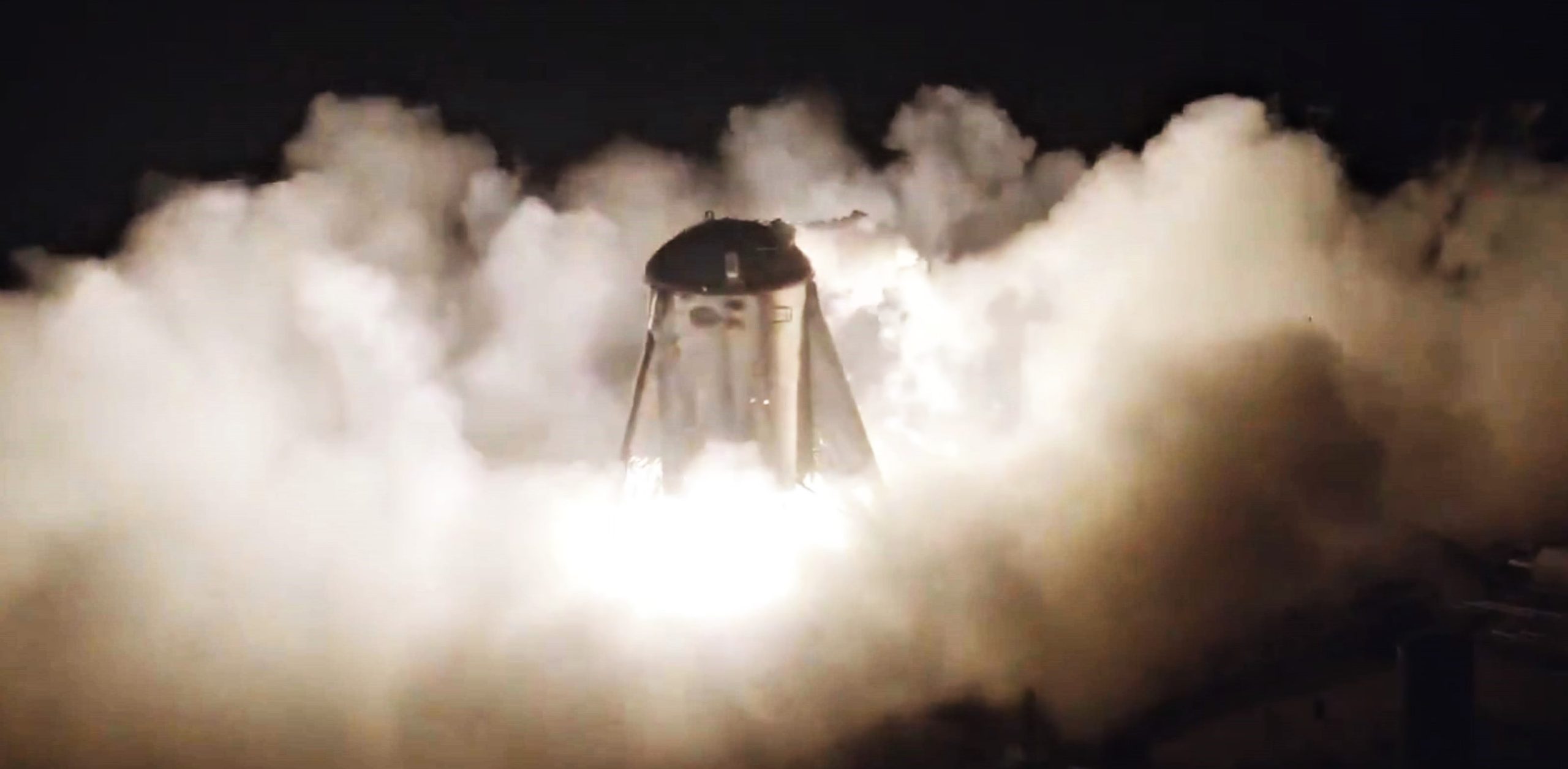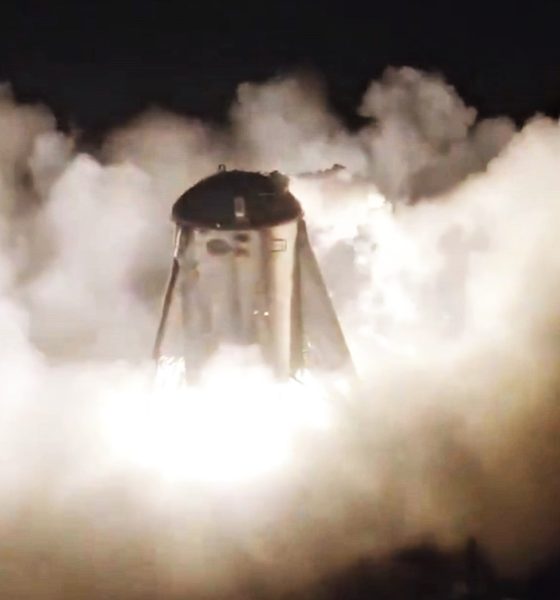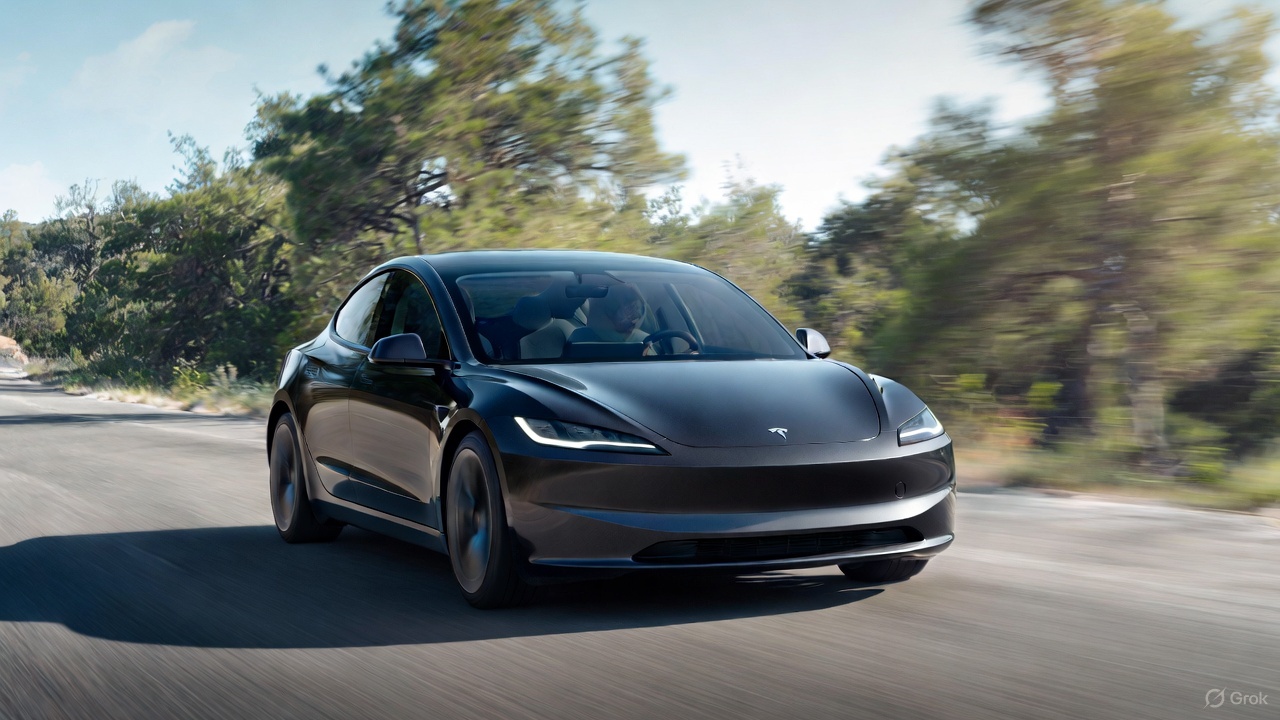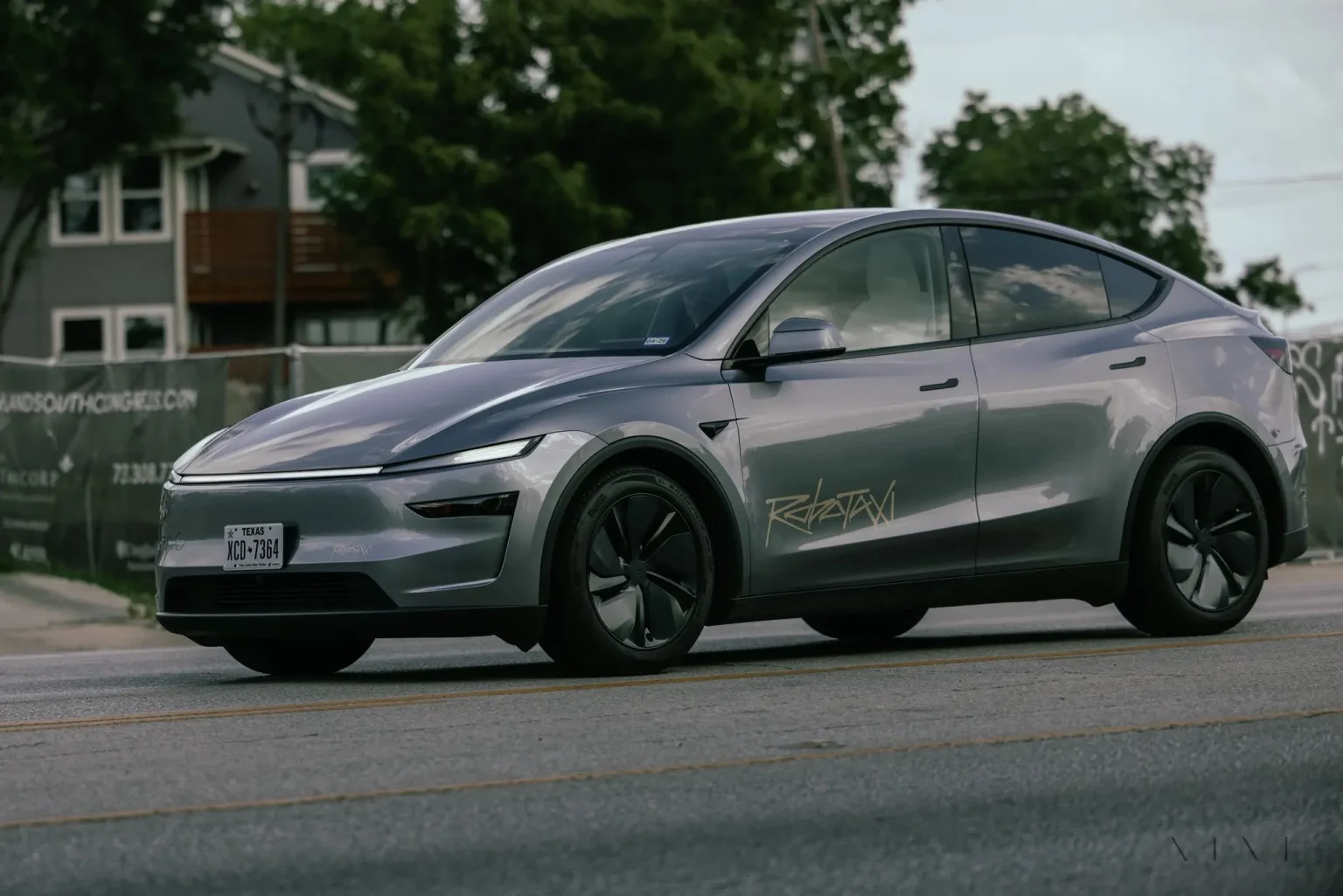

News
SpaceX settles on Friday for Starhopper’s next flight test milestone, FAA permitting
The US Federal Aviation Administration (FAA) has published Notices-to-Airmen (NOTAMs) for SpaceX’s next Starhopper flight milestone, a 200m (650 ft) hop now scheduled no earlier than Friday, August 16th.
During this upcoming test, the unusual Starship testbed and prototype will likely spend at least 30-60 seconds in the air, propelled by a lone Raptor engine producing up to ~200 tons (440,000 lbf) of thrust. Starhopper will then attempt to land a hundred or so feet east of its spartan launch mount on a dedicated landing pad. If successfully completed, CEO Elon Musk believes that either or both of SpaceX’s Mk1 and Mk2 Starship prototypes will be ready to begin their own series of more ambitious flight tests as early as September or October.
On July 25th, Starhopper lifted off – untethered – for the first time ever on its second try, following a scrubbed July 24th launch attempt and an otherwise successful July 16th static fire test that engulfed Starhopper in an impressive fireball.
Aside from starting a minor brush fire that burned a few acres surrounding the Boca Chica launch facilities, Starhopper’s untethered flight debut was by all appearances an unqualified success. SpaceX’s sixth full-scale Raptor (SN06) performed nominally over the ~20-second flight and Starhopper was quickly returned to its launch pad just a few days later, at which point technicians began working to reattach the rocket’s quick-disconnect (QD) umbilicals.
A bit more than a week after that, SpaceX performed several hours of tests with Starhopper on August 9th, culminating in an apparent wet dress rehearsal (WDR) in which the low-fidelity Starship prototype was loaded with liquid oxygen and methane propellant, a helium pressurant, and nitrogen for its maneuvering thrusters. Following Starhopper’s inaugural flight, the seemingly successful WDR served as a critical verification that the vehicle remains a structurally sound and functional pressure vessel and tested all the systems it will need for its next flight trial.
On the same day, CEO Elon Musk confirmed that SpaceX was effectively waiting – hardware ready – for the FAA to approve Starhopper’s 200m flight plan and/or arrange an updated experimental permit for the suborbital launch vehicle. Starhopper’s current FAA permit allows for unlimited flight tests but limits the altitude of those tests to 25m (80 ft) above ground level (AGL).
By all appearances, the fact that the FAA has published NOTAMs from August 16th through the 18th for Starhopper’s 200m flight arguably indicates that the regulatory agency has also permitted SpaceX to fly the experimental vehicle. On the other hand, no such updated vehicle or flight permit has been published on the FAA’s website and US bureaucratic institutions are not exactly known for rational and logical processes. Just three days away from the opening of the window, it looks like we’ll find out in the next few days if SpaceX has everything it needs to attempt Starhopper’s next major flight test.
Check out Teslarati’s Marketplace! We offer Tesla accessories, including for the Tesla Cybertruck and Tesla Model 3.

News
Tesla FSD fleet is nearing 7 billion total miles, including 2.5 billion city miles
As can be seen on Tesla’s official FSD webpage, vehicles equipped with the system have now navigated over 6.99 billion miles.

Tesla’s Full Self-Driving (Supervised) fleet is closing in on almost 7 billion total miles driven, as per data posted by the company on its official FSD webpage.
These figures hint at the massive scale of data fueling Tesla’s rapid FSD improvements, which have been quite notable as of late.
FSD mileage milestones
As can be seen on Tesla’s official FSD webpage, vehicles equipped with the system have now navigated over 6.99 billion miles. Tesla owner and avid FSD tester Whole Mars Catalog also shared a screenshot indicating that from the nearly 7 billion miles traveled by the FSD fleet, more than 2.5 billion miles were driven inside cities.
City miles are particularly valuable for complex urban scenarios like unprotected turns, pedestrian interactions, and traffic lights. This is also the difference-maker for FSD, as only complex solutions, such as Waymo’s self-driving taxis, operate similarly on inner-city streets. And even then, incidents such as the San Francisco blackouts have proven challenging for sensor-rich vehicles like Waymos.
Tesla’s data edge
Tesla has a number of advantages in the autonomous vehicle sector, one of which is the size of its fleet and the number of vehicles training FSD on real-world roads. Tesla’s nearly 7 billion FSD miles then allow the company to roll out updates that make its vehicles behave like they are being driven by experienced drivers, even if they are operating on their own.
So notable are Tesla’s improvements to FSD that NVIDIA Director of Robotics Jim Fan, after experiencing FSD v14, noted that the system is the first AI that passes what he described as a “Physical Turing Test.”
“Despite knowing exactly how robot learning works, I still find it magical watching the steering wheel turn by itself. First it feels surreal, next it becomes routine. Then, like the smartphone, taking it away actively hurts. This is how humanity gets rewired and glued to god-like technologies,” Fan wrote in a post on X.
News
Tesla starts showing how FSD will change lives in Europe
Local officials tested the system on narrow country roads and were impressed by FSD’s smooth, human-like driving, with some calling the service a game-changer for everyday life in areas that are far from urban centers.

Tesla has launched Europe’s first public shuttle service using Full Self-Driving (Supervised) in the rural Eifelkreis Bitburg-Prüm region of Germany, demonstrating how the technology can restore independence and mobility for people who struggle with limited transport options.
Local officials tested the system on narrow country roads and were impressed by FSD’s smooth, human-like driving, with some calling the service a game-changer for everyday life in areas that are far from urban centers.
Officials see real impact on rural residents
Arzfeld Mayor Johannes Kuhl and District Administrator Andreas Kruppert personally tested the Tesla shuttle service. This allowed them to see just how well FSD navigated winding lanes and rural roads confidently. Kruppert said, “Autonomous driving sounds like science fiction to many, but we simply see here that it works totally well in rural regions too.” Kuhl, for his part, also noted that FSD “feels like a very experienced driver.”
The pilot complements the area’s “Citizen Bus” program, which provides on-demand rides for elderly residents who can no longer drive themselves. Tesla Europe shared a video of a demonstration of the service, highlighting how FSD gives people their freedom back, even in places where public transport is not as prevalent.
What the Ministry for Economic Affairs and Transport says
Rhineland-Palatinate’s Minister Daniela Schmitt supported the project, praising the collaboration that made this “first of its kind in Europe” possible. As per the ministry, the rural rollout for the service shows FSD’s potential beyond major cities, and it delivers tangible benefits like grocery runs, doctor visits, and social connections for isolated residents.
“Reliable and flexible mobility is especially vital in rural areas. With the launch of a shuttle service using self-driving vehicles (FSD supervised) by Tesla in the Eifelkreis Bitburg-Prüm, an innovative pilot project is now getting underway that complements local community bus services. It is the first project of its kind in Europe.
“The result is a real gain for rural mobility: greater accessibility, more flexibility and tangible benefits for everyday life. A strong signal for innovation, cooperation and future-oriented mobility beyond urban centers,” the ministry wrote in a LinkedIn post.
News
Tesla China quietly posts Robotaxi-related job listing
Tesla China is currently seeking a Low Voltage Electrical Engineer to work on circuit board design for the company’s autonomous vehicles.

Tesla has posted a new job listing in Shanghai explicitly tied to its Robotaxi program, fueling speculation that the company is preparing to launch its dedicated autonomous ride-hailing service in China.
As noted in the listing, Tesla China is currently seeking a Low Voltage Electrical Engineer to work on circuit board design for the company’s autonomous vehicles.
Robotaxi-specific role
The listing, which was shared on social media platform X by industry watcher @tslaming, suggested that Tesla China is looking to fill the role urgently. The job listing itself specifically mentions that the person hired for the role will be working on the Low Voltage Hardware team, which would design the circuit boards that would serve as the nervous system of the Robotaxi.
Key tasks for the role, as indicated in the job listing, include collaboration with PCB layout, firmware, mechanical, program management, and validation teams, among other responsibilities. The role is based in Shanghai.
China Robotaxi launch
China represents a massive potential market for robotaxis, with its dense urban centers and supportive policies in select cities. Tesla has limited permission to roll out FSD in the country, though despite this, its vehicles have been hailed as among the best in the market when it comes to autonomous features. So far, at least, it appears that China supports Tesla’s FSD and Robotaxi rollout.
This was hinted at in November, when Tesla brought the Cybercab to the 8th China International Import Expo (CIIE) in Shanghai, marking the first time that the autonomous two-seater was brought to the Asia-Pacific region. The vehicle, despite not having a release date in China, received a significant amount of interest among the event’s attendees.








